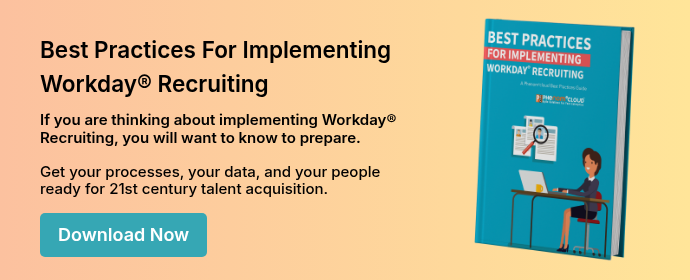
Payroll can have a significant impact on how successful a merger or acquisition will be, but it is only one part of the human capital factor. It will be up to the CHRO, Payroll Manager, and CIO to keep the transition team on track. Your people are the most important part of organizational change, and what you do will influence how much they help make it successful.
Chances are if you have not been affected by a merger or organization, you will soon be. Buying or merging companies is proving to be a mainstay in organizational growth.

Mergers, acquisitions, and restructurings can take many forms. It would be impossible for us to lay down an exact blueprint, but we can provide a framework. Good planning begins with aligning your project to your organizational strategy.
Organizational Strategy
The place to start is how you will structure the new entities. Is your company acquiring another that will operate independently, or are you merging two organizations into one? Is it something in between? Will it begin with a simple co-branding and become one company over several years?
Human Capital Strategy
Evaluate the workforce needs of the new structure. Will there be redundancies or relocations? Do you have a well-managed outplacement program in place to protect your company brand and control your costs? Will you need to merge competency models and L&D?
Cultural assimilation will make or break an organization. Ensure that you have the resources and a plan in place. Begin change management before rumors start, and don’t stop at go-live. Continue until the organization has completely assimilated.

Technology Strategy
Since people are the greatest expense and value driver of your organization, your HCM technology, including payroll, should be a top priority. Your CIO will scramble to deal with the changes, and the better prepared you are, the better your CIO will support you.
Will you need to upgrade current HCM and payroll platforms? Will you need to localize your applications for the first time? Can you save costs by outsourcing? If you have different systems, will one survive or both?
Data Governance
If your organization doesn’t have a formal data governance team and a master data management plan, we recommend you make it a part of your project execution. If you are having data difficulties now, a lack of governance in a merger will only compound the problems. Even if your data governance efforts only include your part of the implementation, it will be a start. Your success will influence and guide the rest of the organization.
The Payroll Execution Plan
Your plan to execute the changes in payroll should be in step with the organizational change plan. You need to move quickly but cannot afford to overlook due diligence.
- Make sure you have Payroll representation on the M&A team. Don’t let the cost and effort of managing multiple databases and vendors be a surprise to the team.
- Assess the situation. Complex does not mean complicated. The organizations involved may use the same software. The tools and methods for bringing data sets together are not the nightmares they were a few years ago. Data mapping and integration have become routine.
- The Head of Payroll should lead the team. Include Compensation, Benefits, Employee (Labor) Relations, Talent Management, IT, Analytics, and a member of the executive integration team.
- Plan your project and any sub-projects with specific time frames. If you need an experienced project manager, borrow or hire one. If this is your first rodeo, ride with an experienced partner.
- In an ideal situation, the go-live date will be the start of a fiscal year. That is not always possible, and you must prepare to manage mid-year cumulations. Be prepared to audit yearly and quarterly totals. If possible, it is best to plan any transitions from old compensation and benefit plans to new ones at the fiscal year start.
- Back up every data set, then assemble and assess the data. If you need data integration expertise, an integration consultant can help you. If you must clean up the data, preparation tools are available from many vendors, or your integration specialist can help.
- Test every data transfer. Your data preparation tool will help you analyze the new data sets and spot errors.
- Run end-to-end tests of each pay element, and plan parallel testing for several iterations. Give yourself adequate time to correct errors before you go-live. You may find it best to phase in small groups of people.
- Keep your people informed. You can help your change management team publish successful milestones—even little ones. For example, telling your people your initial test had six errors you are working on then reporting a successful retest, will build confidence in your team.
- Make sure to staff your support team to handle inquiries. Let the first thing your people hear when they have a question is a friendly, helpful human voice.
PhenomᵉCloud is a comprehensive technology solutions provider committed to empowering businesses to overcome challenges, enhance their workforce capabilities, and achieve superior outcomes.


Leave a Comment